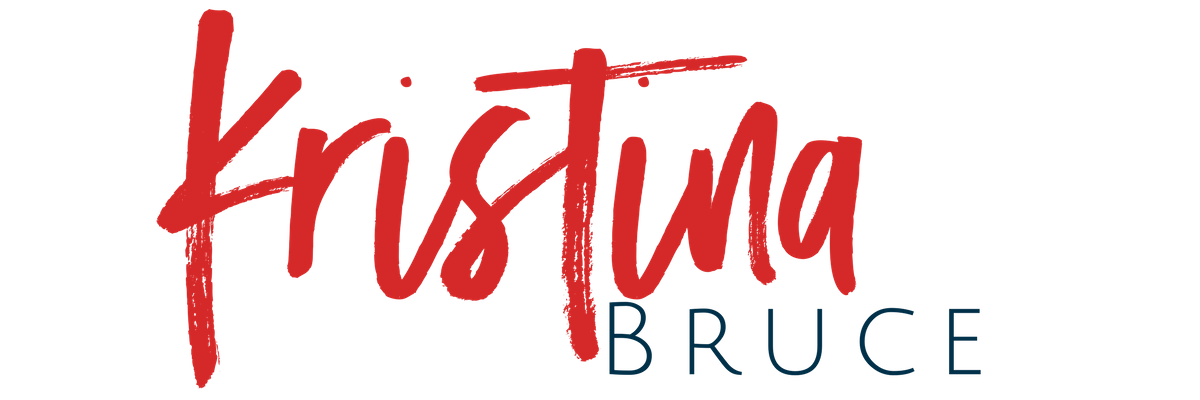3 Guidelines to Becoming a TRULY Body Positive Health Practitioner
/Body positivity has gone mainstream. It’s exciting, because it means more and more people will come across the message of accepting our bodies no matter what they look like, or are capable of doing. It’s a message that promotes caring for people and treating everyone with respect, without requiring that their bodies confirm to someone else’s (or a culture’s) expectation.
But like all things that go mainstream, the core purpose and message can get watered down by those who misunderstand it. Or, it gets co-opted it because it’s trendy and it sells. As is the case for body positivity - it’s now being used to promote one of the very things it’s trying to change - diet culture.
The body positive movement was born from the Fat Acceptance Movement, and yet we find many health practitioners and fitness trainers using the term “body positive” to promote weight loss. It can be very confusing to search #bodyposivity on Instagram, and receive seriously mixed messages. On the one hand, you’ll find images of people of all shapes, sizes, colours, genders and abilities proudly embracing their bodies; and on the other, you’ll see the same ol’ same ol’ images of people getting “ripped” in the gym and showing off their weight loss photos.
The bottom line is this: you can’t truly be body positive if what you’re selling is some form of an idealized body standard.
This confusion is why some people are choosing to no longer call themselves “body positive”. Instead, many people are opting for terms like “fat positive” or “fat acceptance”, since it’s clear what they support.
But if you do like the term “body positive”, and want to keep using it to promote your services as a health practitioner, then I recommend implementing these guidelines to ensure you stay true to its intended purpose. Note: this is by no means an exhaustive list or “official” guideline to being body positive, but rather some recommendations based on my learning and experience to-date.
3 Guidelines to Being a TRULY Body Positive Health Practitioner
Guideline #1: Stop Selling Weight Loss!
Point blank - you cannot call yourself “body positive” and still promote or sell weight loss. Even if your clients ask for weight loss. Even if your clinic or employer wants you to. The two are incongruent. The implied message behind selling weight loss is that the post-weight loss body is better and preferred. That is the opposite of accepting bodies of all sizes. And when the reason for weight loss is because of “health”, remember that there is no definitive proof that weight loss in and of itself improves health (here’s a good well-rounded article to read about this). Furthermore, there is increasing evidence that the pursuit of intentional weight loss leads to poorer health outcomes.
Guideline #2: Educate Yourself in the Weight-Inclusive Paradigm
Nearly all the training health professionals receive nowadays is delivered within the current weight-based model of health care, so it can be challenging to work with clients and not focus on weight. This is why it’s important that you immerse yourself in new learning (or rather, unlearn) in order to provide weight-inclusive, body positive health care. Here are some resources that I have found very helpful in this learning/unlearning process:
1) Health at Every Size by Dr. Linda Bacon (book)
2) Association for Size Diversity and Health (ASDAH)
3) Promoting Body TrustⓇ In Your Work: An E-Course for Helping Professionals
4) Diversity Training for Yoga Teachers with Dianne Bondy
Guideline #3: Make Your Space Welcoming and Accessible
When considering your workspace, think of both your in-office and online presence. Here are some questions to consider:
If you work in an office, do you have seating that is sturdy, wide, and comfortable for people in larger bodies?
Do you have a doorway that is wide enough for wheelchairs?
Is there an alternate access aside from stairs? And if there isn’t, do you clearly mention that in your website?
Are there a diverse range of photos hanging on the walls? Or are they all of thin, white, able-bodied people?
If you take blood pressure, do you offer a range of cuff sizes?
If your workspace is online, are the images diverse?
Is there weight-loss mentioned or promoted in your copy?
Are you selling supplements or cleanses that are either overtly or inadvertently promoting weight loss?
If you sell clothing, do you offer sizes over an XL?
As the saying goes, actions speak louder than words, and making these changes can help to make a space more welcoming and inclusive.
With all things new there is a learning curve, and I truly believe that the majority of us have the best intentions at heart. Learning how we may, unintentionally, be making life difficult for others, is an important first step to making the changes necessary so that all people feel cared for and included. But it has to start with us, and that means looking at our own internalized weight bias and fatphobia, and re-developing a healthy relationship to our body. For that, I offer two resources that can help, click on the links below to learn more:
1) Body Acceptance Jump Start Guide: 5 Actions to Feel Better in Your Body Now
2) 6-Weeks of One-on-One Body Acceptance Coaching
Photo Credit: https://representationmatters.me/

